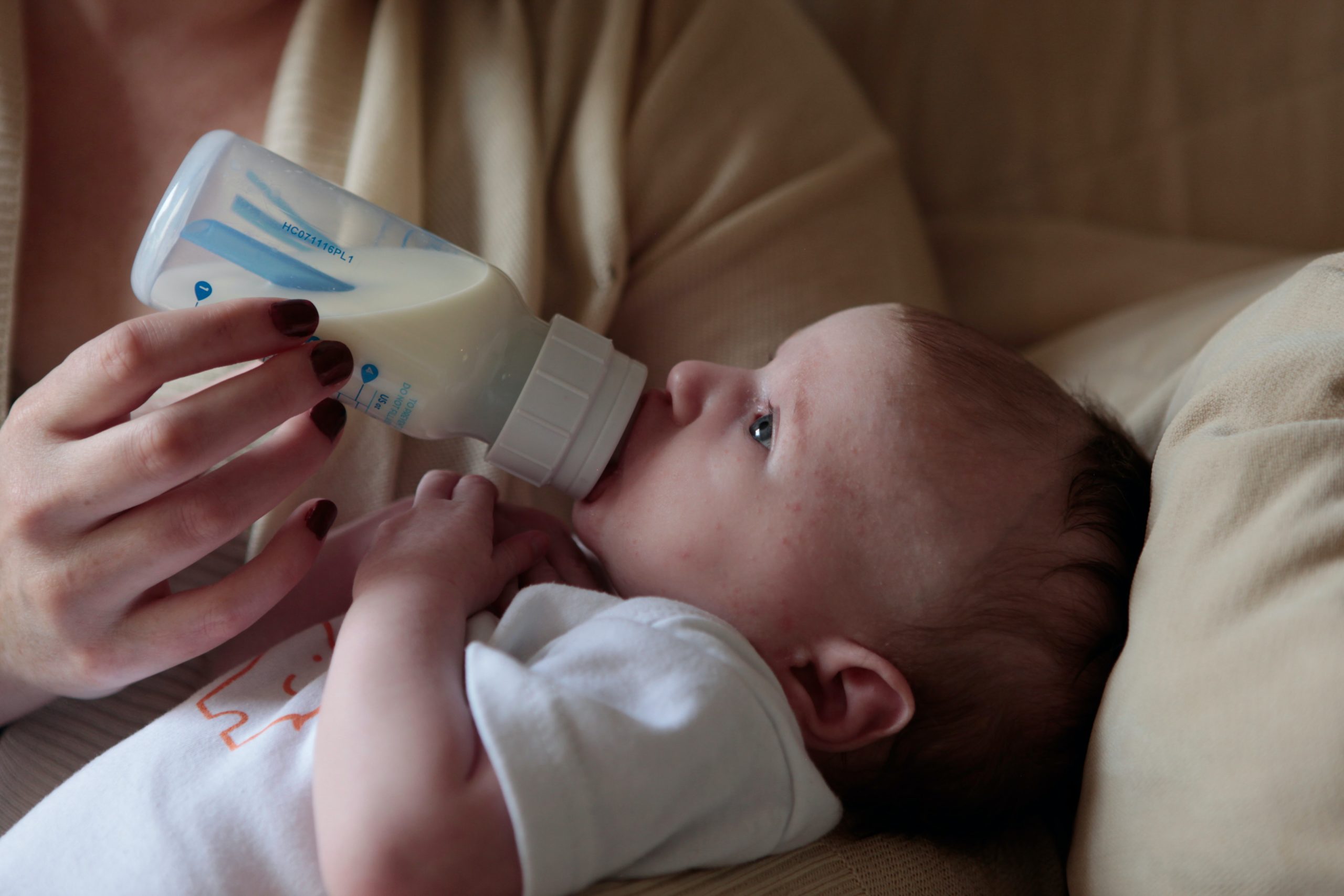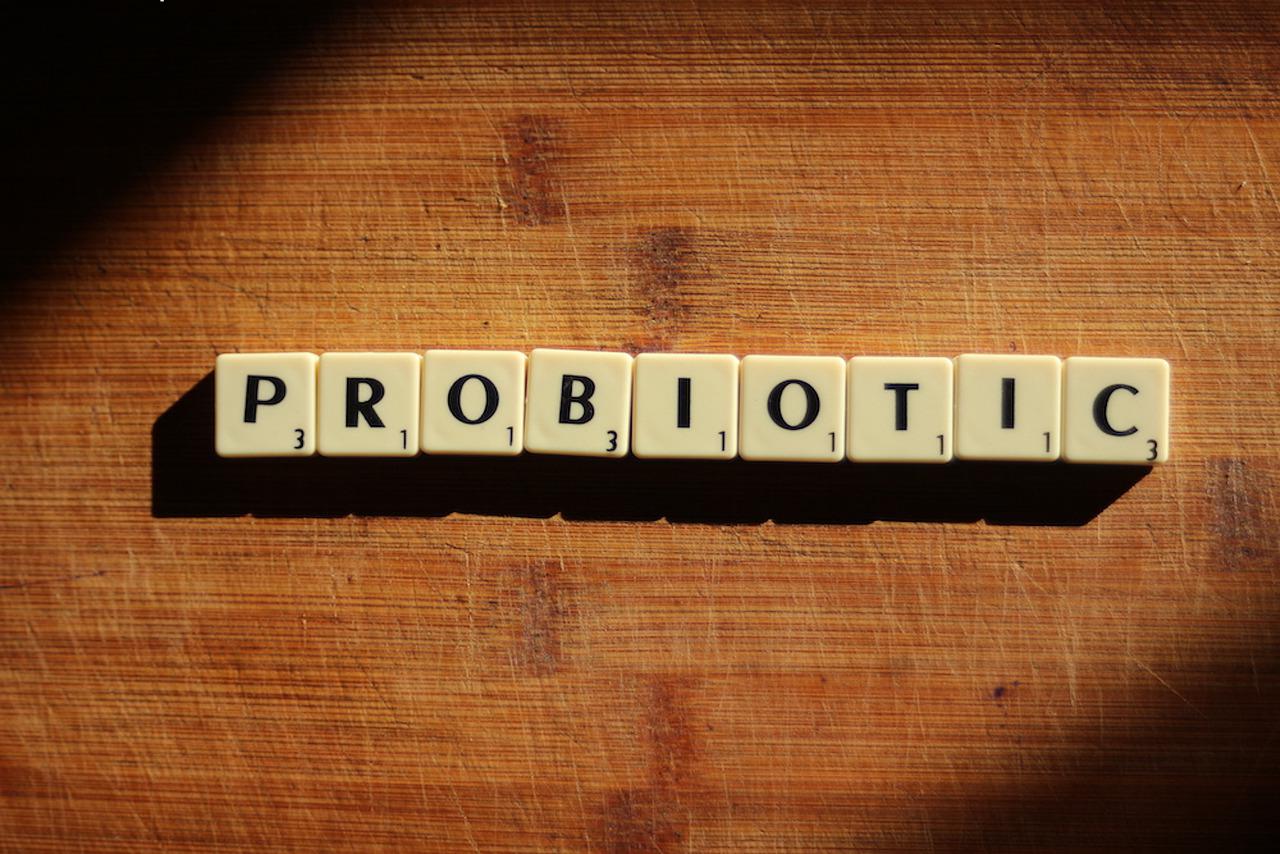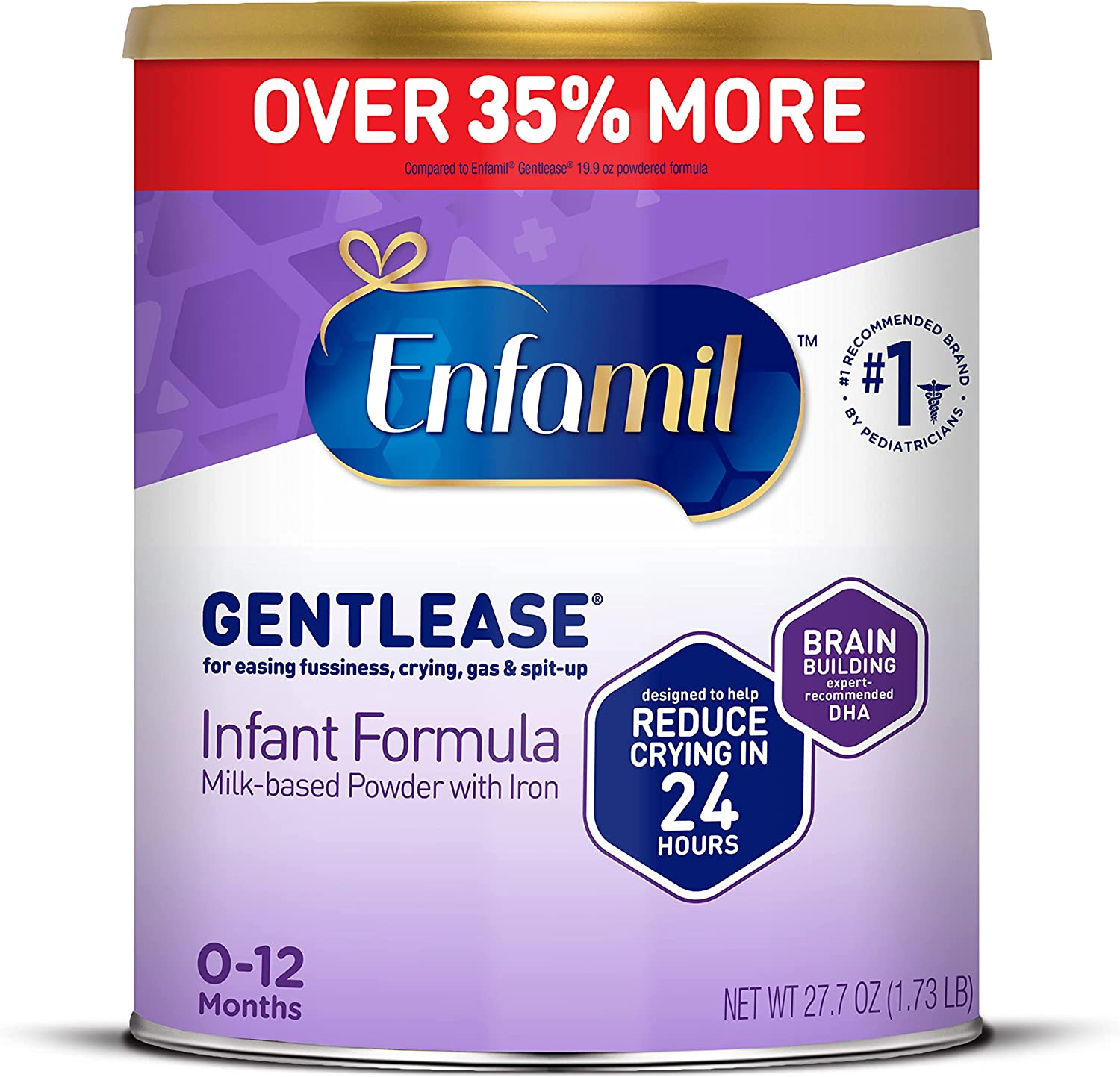
Does Enfamil Gentlease Have Lactose?
If your baby is lactose intolerant and you have recently started your baby on formula, then you may want to check the labels before buying a particular brand of formula. Almost all formulas will have some amount of lactose in them. When my kids were little not enough attention was focused on this and I…








